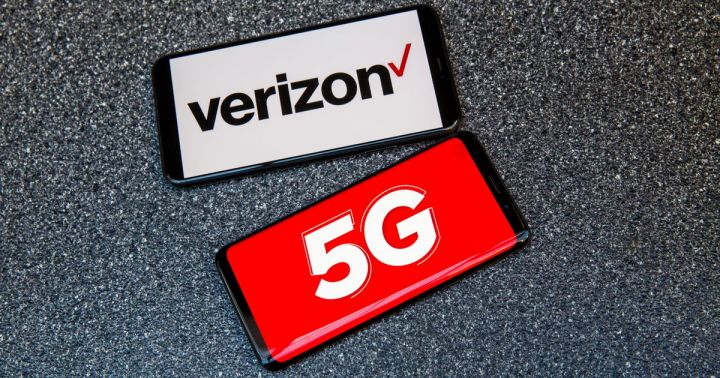Competition in wireless is heating up as Verizon reports heavy losses in wireless customers in the first quarter of 2021.

The company is in the early stages of rolling out new spectrum for its next generation 5G service and as executives have warned for months; the competition with rivals AT&T and T-Mobile is intensifying.
Still, the telecommunications giant said its core business is still doing well; and it managed to beat analyst expectations for its earnings and revenue.
The company reported adjusted earnings per share of $1.31, slightly higher than the $1.29 earnings per share analysts had expected; according to Yahoo Finance. Revenue also beat Wall Street expectations as the company reported consolidated revenue of $32.9 billion compared to $32.46 billion expected by analysts.
Verizon lost a total of 178,000 wireless phone subscribers in the first quarter.
On the consumer side, the company lost 326,000 retail postpaid customers, including 225,000 phone net losses.
Postpaid customers are customers who pay their bills at the end of the money; and they are very valuable to wireless carriers.
On the home broadband side of the business, Verizon reported that it added 98,000 consumer Fios customers.
In total, the company added 102,000 Fios customers. But Verizon continued to lose TV subscribers; reporting it lost 82,000 pay TV subscribers for its Fios consumer video service in the first quarter.
The news comes as Verizon begins deployment of its 5G Ultra Wideband and fixed wireless broadband service on the so-called C-band spectrum; which the company bought earlier this year.
Previously, CEO Hans Vestberg touted the purchase of this spectrum as a “once-in-a-lifetime opportunity.”
The C-band is midband spectrum that is viewed by the wireless industry as a key technology for offering faster 5G performance.
Midband spectrum, such as the C-band, offers a good mix of capability that complements carriers’ low-band spectrum; which offers greater reach, and the ultra-high-band spectrum used for millimeter-wave 5G technology; which transmits over very short distances at super higher speeds.
Verizon claims the new C-band spectrum will allow it to offer peak download speeds of 1 gigabit per second.
Verizon is expected to cover 100 million people in 46 markets this year with the service using C-band. And it expects the service will cover 175 million people between 2022 and 2023 and over 250 million people in 2024.
Support InfoStride News' Credible Journalism: Only credible journalism can guarantee a fair, accountable and transparent society, including democracy and government. It involves a lot of efforts and money. We need your support. Click here to Donate
